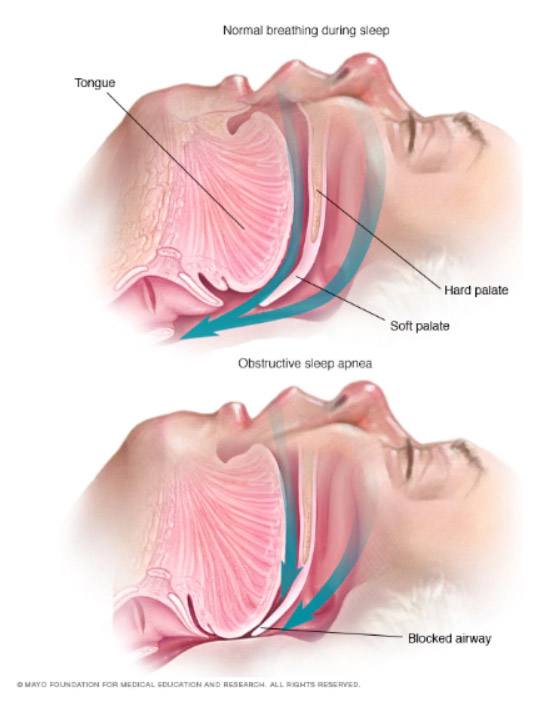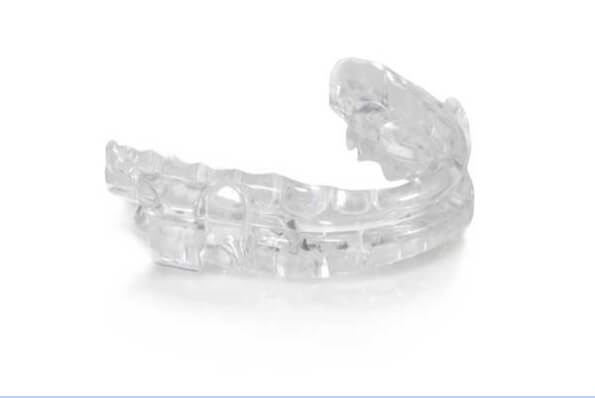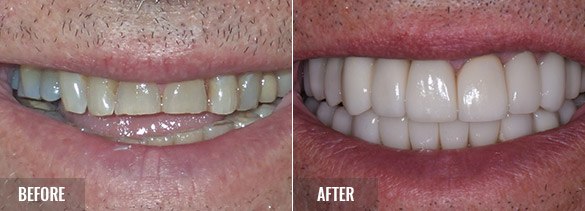WHAT IS OBSTRUCTIVE SLEEP APNEA (OSA)?
One of the most common breathing sleep disorders is obstructive sleep apnea, otherwise known as OSA. “Apnea” means to be without oxygen. “Hypopnea” on the other hand, is a partial loss of breath and it can last more than ten seconds.
Sleep apnea is a serious sleep disorder in which breathing is interrupted during sleep, essentially leaving your brain without oxygen. Episodes of apnea can occur as many as 100 times a night, and can last anywhere between 10 to 30 seconds.
Physiological responses will occur because these episodes of hypopneas or apneas will trigger your sympathetic nervous system, which as a result active your “fight or flight” response. This causes your heart rate and blood pressure to increase. When you have untreated OSA, your body will release cortisol as a result of stress. Prolonged elevated levels of cortisol can increase your blood sugar levels.
Normal breathing during sleep should keep your airway open, however during obstructive sleep apnea, your airway becomes blocked, as your throat muscles relax.
Sleep apnea can increase your risk of cognitive impairment, dementia, stroke, cancer, and is also linked to depression.

OBSTRUCTIVE SLEEP APNEA SYMPTOMS:
- Drowsiness while driving
- Waking up choking or gasping during sleep
- Snoring
- Headaches upon waking
- Forgetfulness
- Mood changes
- Insomnia
- Recurrent awakenings
- Feeling unrefreshed after naps
- Nocturnal sweating
- Observable episodes of the start and stop of breathing during sleep
- Depression or irritability
RISK FACTORS FOR OSA:
- OSA can occur at any age, even children
- Chronic nasal congestion
- Mild to moderate obesity
- Males have a higher risk of OSA
- Enlarged tonsils
- Scalloped-border tongue
- Large circumference of the neck (17 inches or greater)
- Retrognathic chin (tucked in)
- Smoking
Obstructive Sleep Apnea is a potentially serious sleep disorder in which breathing repeatedly starts and stops during sleep. It occurs when the throat muscles intermittently relax and block the upper airway during sleep. Some symptoms of sleep apnea are snoring, daytime sleepiness, headaches, irritability, anxiety, depression, memory loss, gastric reflux, and high blood pressure.
Patients with sleep apnea can stop breathing up to hundreds of times per evening for time periods ranging from five seconds to over a minute in length. While breathing is stopped and oxygen is restricted to the heart and brain, the increased heart rate and stimulation causes the body to momentarily wake. This disruption in sleep pattern is what causes excessive daytime drowsiness and exhaustion in patients.
If left untreated, the constant strain placed on the heart and brain, coupled with poor sleep quality and duration, can result in serious and dangerous complications to your overall health, including heart disease, stroke, mood disorders, and accidents related to daytime drowsiness.
HOW DO WE DIAGNOSE OSA?
During your new patient exam, the team at Lepore Comprehensive Dentistry will screen you for signs and symptoms for sleep disorder breathing. We will ask you questions about the quality of your sleep.
Dr. Lepore or Dr. Dougherty will recommend a sleep test with a board-certified sleep physician to be done to evaluate your airway while you sleep. This can sometimes be completed in the comfort of your own home. This sleep test is a usually a simple single night test.
Learn More About Airway Obstruction and Sleep Apnea
Additionally, the doctors may recommend Polysomnography (In-Lab Sleep Test) should your conditions, signs, or symptoms warrant.
TREATMENT FOR OSA:
- Continuous Positive Airway Pressure (CPAP) Machine
- Oral Appliances (which position your lower jaw forward to open your airway)
- Ear, Nose and Throat surgery









